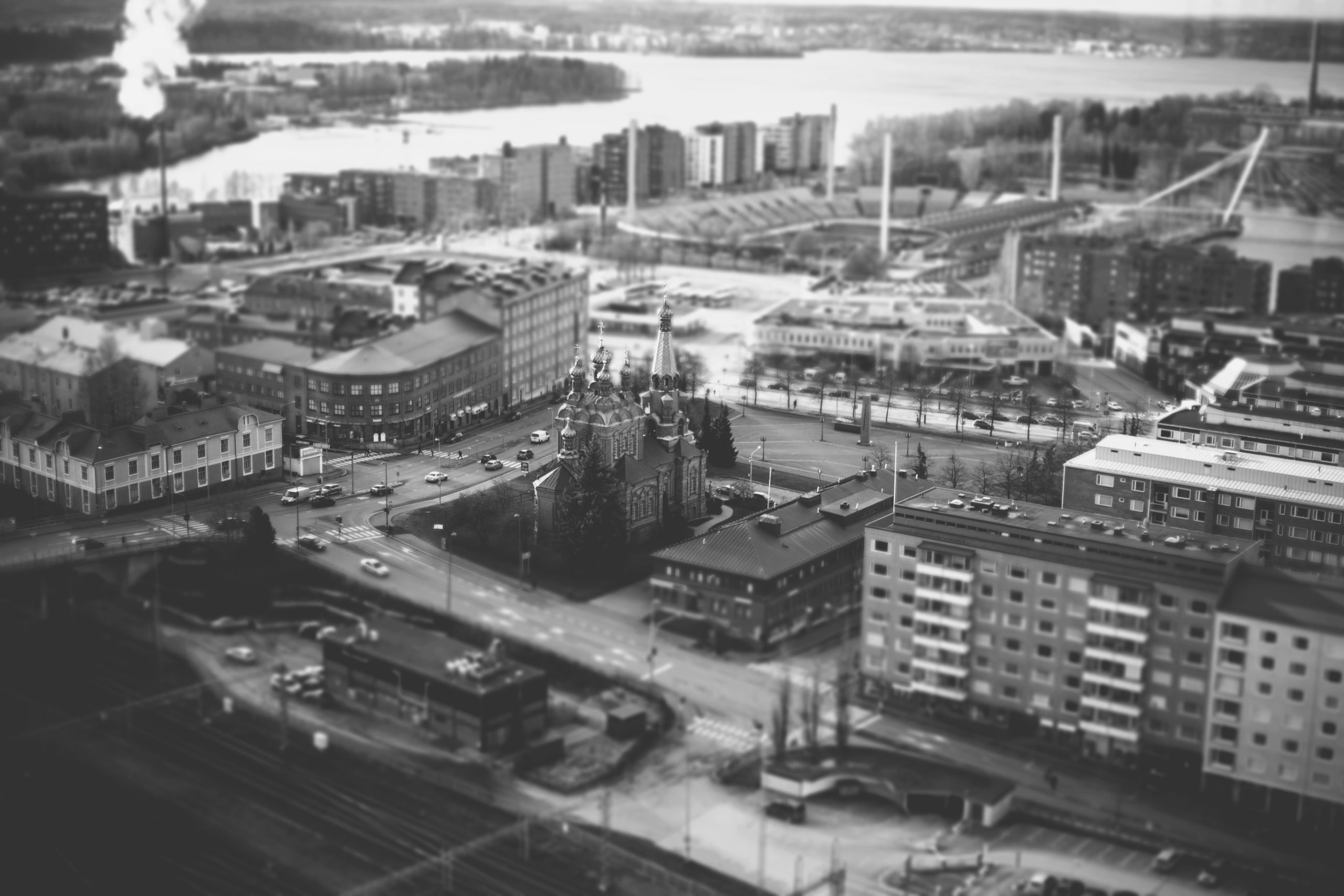3 cities inviting nature back in for a more resilient future
The world’s urban dwellers will bear the brunt of climate change’s worst effects, and cities will need to adapt to this new reality – and fast. Could nature-based solutions be the answer? A new project launched recently in three European cities aims to find out.
T
he world’s cities and climate change are partners in crime. Although they cover just 2% of the planet’s landmass, urban areas consume more than three-quarters of the world’s energy production and are responsible for more than 60% of global emissions. They are also set to be on the receiving end of some of climate change’s worst effects.
Hundreds of millions of city dwellers across the world will be affected by rising sea levels – most of the world’s major cities are coastal – along with stronger and more frequent storms, worsening air pollution, and periods of more extreme heat and cold.
While cities must be the focus for emission reduction efforts, they also need to build resilience to this fast-approaching future. A project that has launched recently in Europe hopes to prove that the key to climate adaptation in urban areas might just be found, rather pleasingly, through harnessing the power of nature.
It’s only natural
The Urban Nature Labs (UNaLab) project, which is funded by the EU’s Horizon 2020 programme, is overseeing a five-year trial of nature-based solutions (NBS) for building climate resilience in three demonstration European cities: Eindhoven, in the Netherlands; Genoa, in Italy; and Tampere, in Finland. Each is being funded to the tune of around €1.7 million.
The aim is to develop a framework for upscaling these adaptation methods, which will then be replicated in a further seven cities, including Buenos Aires and Hong Kong as well as five others in Europe. Implementation at this scale will, UNaLab hopes, kickstart a global market in NBS.
Dutch courage
For Eindhoven, the challenges presented by climate change – flooding, heat and air pollution – will be exacerbated by the rapid growth of its population, which is expected to swell from 220,00 in 2014 to 300,000 by 2030. The city is creating new green areas in previously paved streets and squares to improve drainage by soaking up heavy rainfall that would otherwise overload Eindhoven’s sewers; greenery also helps cool cities down and can help filter out harmful airborne pollutants.
The city plans to ‘daylight’ the Gender River – that is, to remove the concrete and pavements that have gradually been built over and enclosed this watercourse – and to build a park around it. Open rivers and streams improve a city’s capacity to cope with flooding, act as heatsinks, and can also help reduce levels of airborne pollution.
The Italian Job
Genoa is a large port city on Italy’s south west coast surrounded by steep hills, and as such is already prone to severe flooding. The city has earmarked Genoa’s central district of Lagaccio to trial natural adaptation solutions; within this area, which encompasses the historic town centre and old port, a plethora of new green spaces will be created. These will include a new park and community gardens, as well as ponds and wetlands – and all this new greenery will be joined up with existing green spaces to form a corridor of vegetation, which it is hoped will encourage greater biodiversity.
The city also plans to trial new methods of collecting and resting rainwater from Lagaccio’s roofs, as well as installing permeable surfaces on existing hard concrete structures that will carry rainwater away from the streets and into the city’s aquifer.

In Tampere, Finland, citizens will see a shift from grey to green. Photo by Felipe Santana/Unsplash
Finnish with a flourish
Heading north, the Finnish city of Tampere expects a 25% increase in rainfall in the coming years. Like its fellow demonstration cities, Tampere is trialling natural adaptations to help cope with this extra water – but it is also testing innovative ways to clean it up, too. In a former industrial area called Hiedanranta, currently being redeveloped, the city has installed a pilot water treatment system that uses algae to filter pollutants from stormwater runoff. Also being tested is a natural biofilter system that uses peat, clay and charcoal, as well as vegetation, to treat polluted water from a local paper mill.
Back to nature
If all goes to plan, the UNaLab project will measure and demonstrate the suitability and cost of these climate adaptation interventions, so that cities around the world will one day have the data they need to build nature-based climate resilience solutions into their fabric. If the blame for manmade climate change can be laid partly on our mistreatment of the biosphere, it seems apt that the most effective way to adapt to it could be to invite nature back in.
The ideas presented in this article aim to inspire adaptation action – they are the views of the author and do not necessarily reflect those of the Global Center on Adaptation.